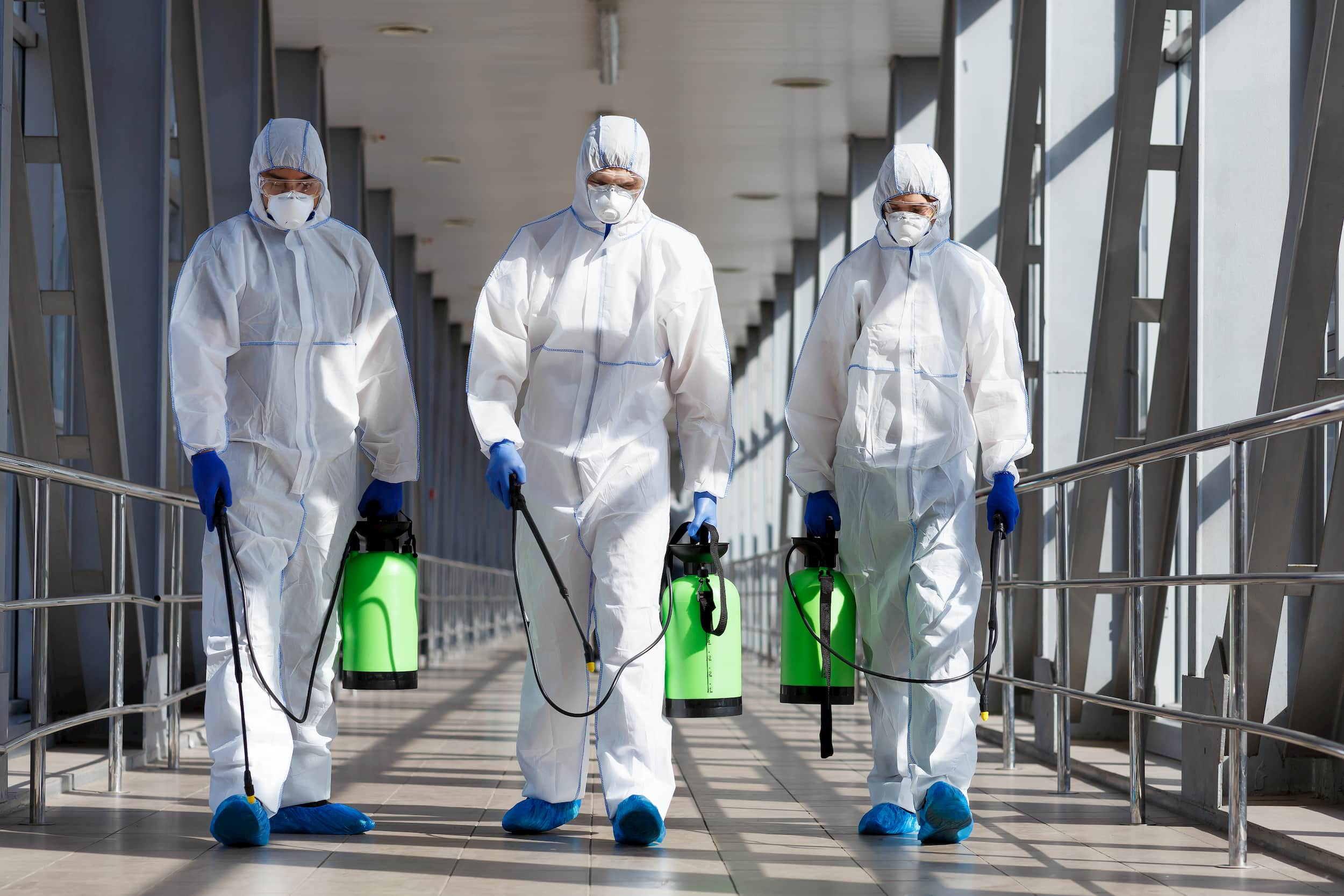
Quaternary ammoniums as disinfecting agents
Quaternary ammonium is a chemical structure characterized by having one ammonium cation as the main functional group of its structure, which is, in turn, accompanied by other radicals that endow it with different kinds of physicochemical properties.
The positive nitrogen from the ammonium cation enters between the phospholipid bilayer of bacteria or enveloped viruses, altering the cell wall and causing protein denaturation.
The dosage used to prevent bacteria or viruses will depend on the ammonium and the generation being used. For example, the dosage of fifth generation ammoniums is one third that of first generation quaternary ammonium.
Once the right dosage for its dissolution in water is known, the area where the ammonium solution is to be applied must be cleaned and rinsed, since it must be free from any anionic agent, given that the effectiveness of the ammonium ion is undermined by anionic agents.
Once the ammonium solution has been applied, you should allow 5 minutes to pass before using the treated surface again. Quaternary ammoniums are recommended for disinfecting abiotic surfaces, since frequent exposure to these types of compounds may lead to the development of dermatitis and other skin allergies.
It is important to consider that it takes a minimum of 5 minutes for these compounds to be effective, and during this interaction our microbiota would also be affected, causing a negative impact.
These products are available for purchase in our portfolio, and we can advise you and provide additional information for its proper use.
















